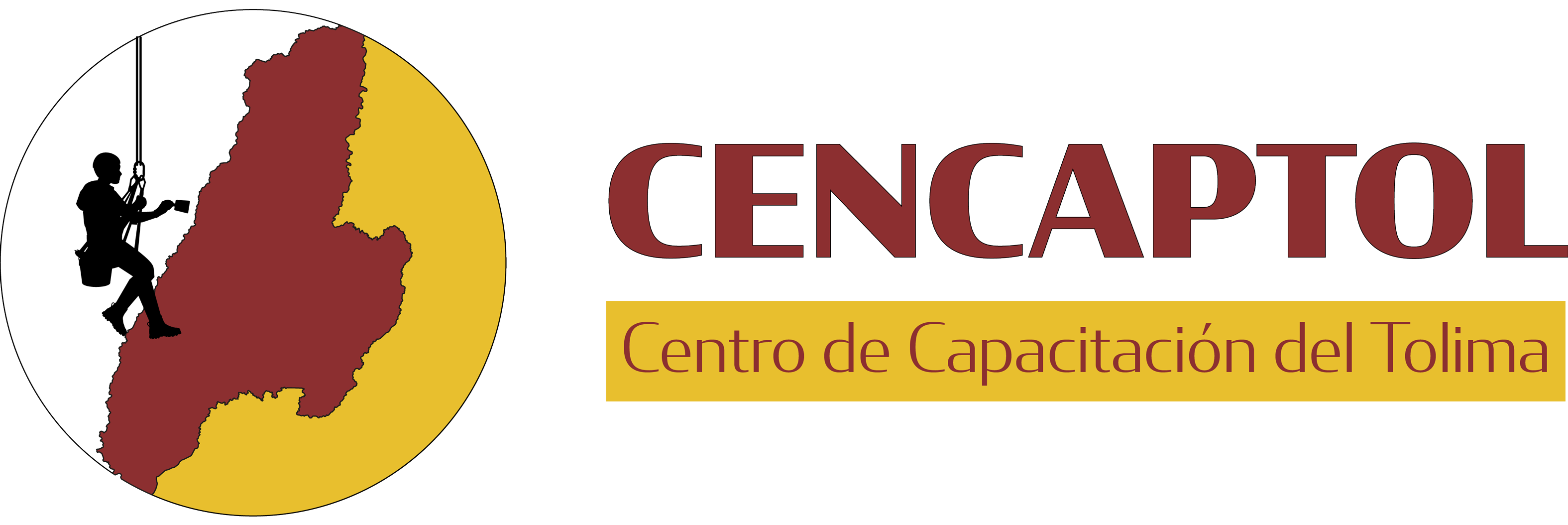Содержание
For example, if a system fails three times in a day and each failure results in one hour of downtime, the MTTR would be 20 minutes. Edit this pageto fix an error or add an improvement in a merge request. If create a verification function, add the function to the file as well. Generate mock data to play with and test the Four Keys project. The BigQuery view to complete the data transformations and feed into the dashboard.
A low MTTR indicates that a team can quickly diagnose and correct problems and that any failures will have a reduced business impact. A high MTTR indicates that a team’s incident response is slow or ineffective and any failure could result in a significant service interruption. Deployment frequency indicates how often an organization successfully deploys code to production or releases software to end users. DORA metrics are a framework of performance metrics that help DevOps teams understand how effectively they develop, deliver and maintain software. They identify elite, high, medium and low performing teams and provide a baseline to help organizations continuously improve their DevOps performance and achieve better business outcomes.
In this article we will define what DORA Metrics are and how valuable they prove to be, and explain what the groundbreaking research found. Also, we’ll provide industry values for these metrics and show you the tools you have in place to help you measure them. Every organization has a somewhat unique set of actions that must occur to get a user story from the Ideation phase into the hands of the end-user. This value stream has likely been developed over many years, by several groups of people with differing priorities. It is imperative to examine said value stream periodically to ensure it is free of redundancies; and updated to better fit present-day organizational priorities and goals. A value stream is the set of actions that take place to add value to a customer from the initial request through realization of value by the customer.
The Waydev platform analyzes data from your CI/CD tools, and automatically tracks and displays DORA Metrics in a single dashboard without you requiring to aggregate individual release data. You can take the DevOps quick check to see the level of your team’s performance against industry benchmarks. This metric measures downtime – the time needed to recover and fix all issues introduced by a release. For larger teams, where that’s not an option, you can create release trains, and ship code during fixed intervals throughout the day.
- When the alert is later resolved, this also triggers through the same workflow to save the the resolution and record the restoration of service.
- However, what is more important is to get further breakdown of the different stages.
- They argued that delivery performance can be a competitive edge in business and wanted to identify the proven best way to effectively measure and optimize it.
- This metric indicates how often a team successfully releases software and is also a velocity metric.
- Bring data to every question, decision and action across your organization.
The original plan was to build a tool that could capture and analyze data from GitHub and Azure DevOps – my two primary DevOps tools at the time. In the years that have followed, I am regularly asked to speak about my experiences and what I’ve learned – and I felt this was a good time to publish those thoughts here for everyone. Today we will review the most important takeaways, why I like the DORA metrics, and what each of them mean and how I measured them. Deployment Frequency – refers to the cadence of an organization’s successful releases to production. Teams define success differently, so deployment frequency can measure a range of things, such as how often code is deployed to production or how often it is released to end users.
Dora Metrics: The 4 Key Metrics For Efficient Devops Performance Tracking
I’ve had quite a few debates about when to start measuring lead time for changes. My take is that development is a design and implementation task and varies greatly – it’s why estimates are so often wrong. Have you ever heard an estimate for “10 minutes”, and then watch the task take hours and hours, if not days? I initially started measuring this metric from the first commit in a branch. Note that the goal isn’t always to release to the end user – it you have feature flags the feature might be not enabled, but deployed and ready. It’s important to measure the team’s performance, not compare different teams’ performance.
On the other hand, for certain business applications, deployment frequency of once or twice a year might be sufficient – their customers may not be happy with frequent changes. Deployment Frequency is the number of times code or software is deployed to production or “shipped”. This metric helps organizations determine and set their delivery cadence.
Dora Metrics
Let’s work together to ask questions, celebrate successes and failures alike, and continue to deliver exceptional value to our end users on time, every time. To feed into the dashboard, the table name should be one of changes, deployments, incidents. Projects with releases and no deployments, for example, libraries, do not work well because of how GitHub and GitLab present their data about releases. This project is focused on helping you collect and analyze four key high performing DevOps metrics from GitHub and Azure DevOps.
With the right software metrics, you can make data-driven decisions and demonstrate alignment with the business towards customer-centric outcomes. Accurately measuring DORA metrics can be a challenge for most organizations. Much of the data that is needed to calculate these DevOps metrics lies in various systems across the DevOps toolchain – project management, SCM, CI/CD, service desk, issue tracking, and other systems.

DORA metrics were defined by Google Cloud’s DevOps Research and Assessments team based on six years of research into the DevOps practices of 31,000 engineering professionals. DORA metrics provide a good foundation to start measuring development velocity and software quality. Tracking DORA metrics regularly helps you see trends and point out problem areas. However, DORA metrics can be hard to obtain since data resides in different tools deployed across the DevOps toolchain. You need to correlate data from various sources such as GitHub, Jira, Jenkins, PagerDuty, etc, which can be difficult, time consuming and frustrating. While LTTC and CFR measure the code quality, DF and MTTR are velocity metrics.
Github
Try Sumo Logic’s free trial today to see how we can help you reach your goals and maintain quality assurance today. Let’s take a closer look at what each of these metrics means and what are the industry values for each of the performer types. Connect us to your tools to start getting benchmarks instantly. Bring data to every question, decision and action across your organization.
Green is strong performance, yellow is moderate performance, and red is poor performance. Below is the description of the data that corresponds to the color for each metric. The median amount of time for a commit to be deployed into production. For a deeper understanding DoRa Metrics software DevOps of the metrics and intent of the dashboard, see the 2019 State of DevOps Report. Set up your development environment to send events to the webhook created in the second step. The project uses Python 3 and supports data extraction for Cloud Build and GitHub events.
The project’s findings and evolution were compiled in the State of DevOps report. If it emerges that changes to processes are required, these changes must be meticulously recorded, observed and measured as an experiment. The results must be peer reviewed and widely distributed within the organization, so as to foster a culture of experimentation and continuous improvement. As a proponent of a data-driven decision making culture, I have avoided prescriptive approaches to improving DORA metrics. Before embarking upon an improvement journey, it is critical to examine where we currently stand. The purpose of this baselining activity is to assess current levels, and to be able to articulate where we’re headed; with real quantitative data.
The Dora Devops Metrics
Metrics and tools help your developers understand how they’re doing and if they’re progressing. Instead of relying on hunches, and gut feelings, they will be able to visualize their progress, spot roadblocks, and pinpoint what they need to improve. Activity heatmap report provides a clear map of when your team is most active. Most engineers perform better when they are deeply immersed in their work. Understanding this will help you schedule meetings and other events around their schedule. The PR Resolution report can help you identify the bottlenecks in your PR cycles over the course of the sprint.
Propelo automatically correlates data across various systems and provides accurate Lead Time information. It provides a detailed breakdown of time spent in each stage. Users can drill-down into each stage and check which activity or step within the stage takes the most time to complete. With Propelo, you can analyze bottlenecks in the delivery phase of the Lead Time and bubble those up for better visibility. The above 2 metrics measure the reliability and stability of the software that is delivered.

As we’ll see in the following lines, the benefits of tracking DORA Metrics go well beyond team borders, and enable Engineering leaders to make a solid case for the business value of DevOps. In the following sections, we’ll look at the four specific DORA metrics, how software engineers can apply them to assess their performance and the benefits and challenges of implementing them. We’ll also look at how you can get started with DORA metrics. I don’t know any of these people personally, but none of this wouldn’t have been possible without their hard work and visionary innovation. How frequently a team successfully releases to production, e.g., daily, weekly, monthly, yearly. The dashboard displays all four metrics with daily systems data, as well as a current snapshot of the last 90 days.
High performing teams know this so they proactively track this so they can respond to issues quickly & continuously improve their reliability over time. Initially this metric doesn’t sound super interesting – if not a bit broken, as all I need to do is run a deployment once a day and I’m elite, right?! However, when you dive into the description “deploy confidently to production”, suddenly it takes on a new meaning. Deploying to production – with changes – requires robust automated testing to ensure we can deploy our changes with confidence. When applying to projects with a large volume of activity/events, you may need to implement a sampling strategy to maintain performance.
Describe The Change
It shows whether there are any issues, and if things are getting better or worse. And at the end of the day, how quickly you are able to respond to the business. However, what is more important is to get further breakdown of the different stages. The four DORA metrics provide a great baseline to measure the tempo, rhythm and responsiveness of an engineering organization.
Creating Github Actions With Net
The data must be parsed, broken into spreadsheets, and then correlated to get the right DORA metrics. This is the percentage of deployment causing a failure in production. It is the measure of the https://globalcloudteam.com/ number of times “a hotfix, a rollback, a fix-forward, or a patch” is required after a software deployment or a service change. Similar to Change Failure Rate, MTTR can be complex to measure.
All of those entities are extracted by our GitHub, GitLab and Bitbucket sources, which means that this dashboard will not require any additional sources to be ingested to light up. Note that the metrics are not as faithful to the industry benchmark definition however. Working is creating tensions between CEOs and CHROs that could culminate in decisions that are not always in the best interest of the business. For tech teams, that disconnect could lead to making quick fixes that ultimately cost the organization more money and individuals more time and stress.
Devops Metrics
By automatically testing and merging code changes, CI effectively reduces lead time and gives your team more time to respond to incidents and innovate. Drone CI is one of many solutions that exist to help developers to build, test, and release workflows. What differentiates Drone from its competitors, however, is its specialization in managing containers.

